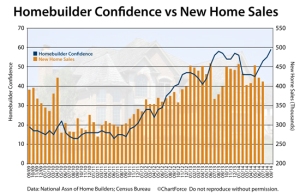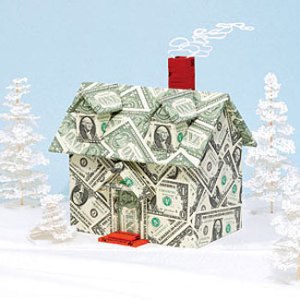
Building your new home allows you to tailor your home to your current needs and your personal taste. That’s what’s great about building a home. You can dream big and your options are unlimited. But what if you budget isn’t? How do you choose the best upgrades and stay within your budget? C&E Wurzer Builders, your go-to for new construction homes in the Eau Claire area, and now expanding into the Madison area, has tips for you to get the most bang for your buck!
Kitchen Cabinets: Your kitchen is where you and your family spend most of your time so you want it to be functional, durable and a room that you enjoy. Upgrading your cabinets gives you better construction and longer lasting finishes. Buy premium hinges and draw slides – they will stand abuse for many years.
Flooring: Choose wool carpeting. It will stand up to traffic, looks great and maintains its good looks. Also, there is a wider selection of colors. Upgrade your carpet padding too which will increase the life of your carpet. Wood Flooring is another great option for your main living areas — it never goes out of style, it blends with any décor and adds warmth to any room.
Ceiling Fans: They are a smart, low-cost upgrade that will save you energy in both the summer and winter months.
Skylights: Skylights add about 30 percent more light than a window of comparable size. Some have built-in shades that you can operate manually or by remote control. Some even open up and have rain sensors that close it automatically.
Choose features that you can install now to adjust to your future.
A main floor den can be converted into a bedroom if you have a growing family.
Include roughed-in plumbing and electric for an eventual basement bathroom or attic.
A deep tandem garage that fits three cars can be walled off later to add indoor space or an extra room.
Plywood sheathing can be installed behind drywall and tiles in bathrooms to attach grab bars without hunting for studs.
Most importantly, choose the upgrade that’s going to make you happy. After all, this new house is your home. What does it say about you?
For more information on Wurzer builders, copy the link below. Happy Dream-building!




